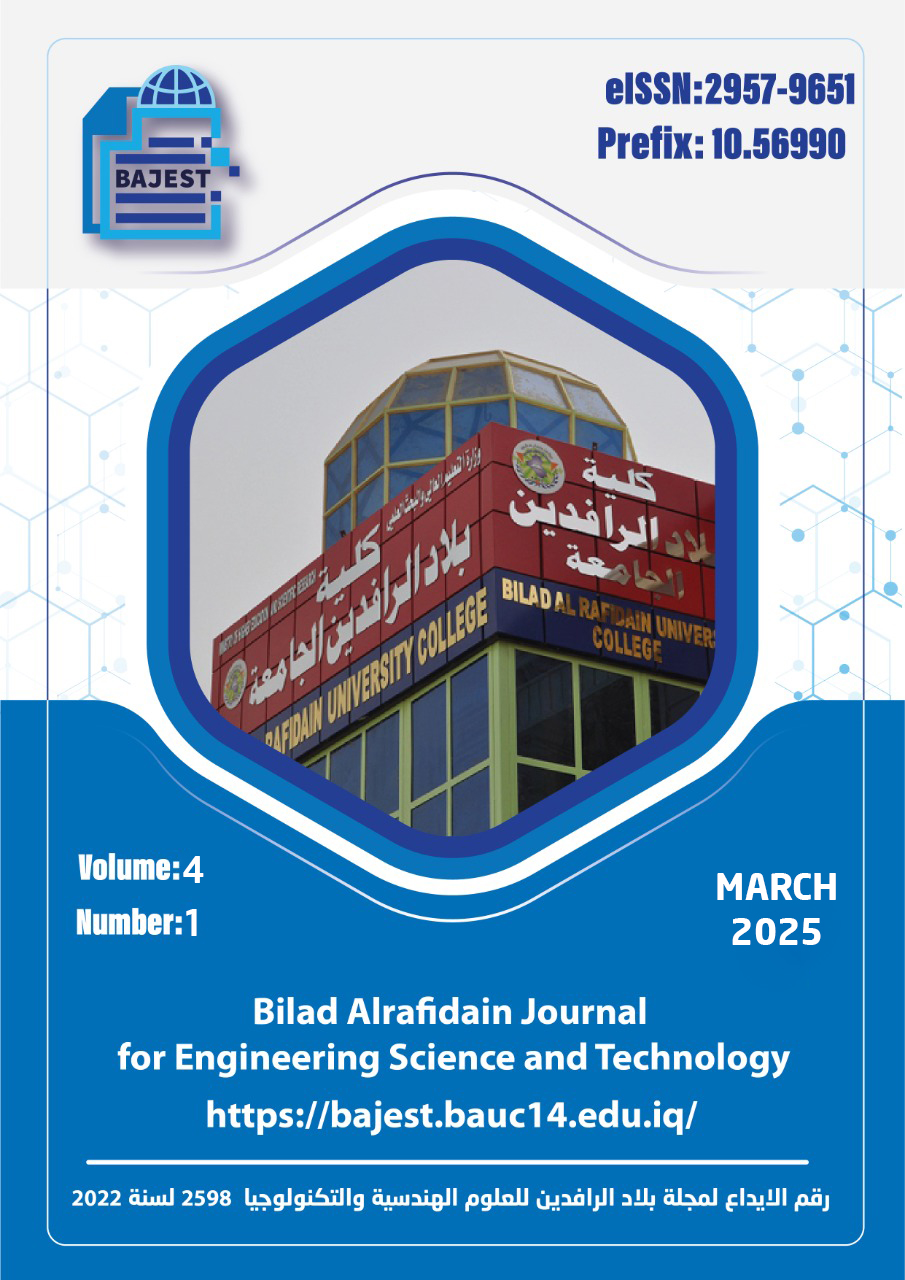Finite Element Analysis of Pre-stress Concrete Box-Girder under Thermal Loading
Main Article Content
Abstract
Bridge design and structural evaluation should consider thermal load, particularly for statically indeterminate and cable-supported bridges. However, there is limited study and test data on the thermal impact of pre-stress concrete girder, focusing on models developed through numerical analysis and field measurements. Temperature distributions on concrete bridges are nonlinear, causing stress distributions to self-equilibrate, to discuss the stresses, deflections, and moments caused by temperature variations. Three-dimensional finite element ANSYA R3 V19 finite element software is used to analyze pre-stress concrete box girder bridge specimens with trapezoidal cross sections. A parametric analysis was conducted to examine the effect of thermal loading on the behavior of prestressed concrete box girders. Six cases were considered to study the thermal behavior of the box girder. In each of these six cases, thermal loading was applied to three different regions of the box girder. The results showed that girder 3 and girder 6 with bottom thermal had the lowest deflected shape value of 0.84 mm when the thermal load was applied to the bottom flange of the prestressed concrete box girder, with reduced stresses observed in girder 2 and girder3 with top thermal, where the longitudinal stresses in the Z direction were 6.3 Mpa
Downloads
Article Details
Section

This work is licensed under a Creative Commons Attribution 4.0 International License.





